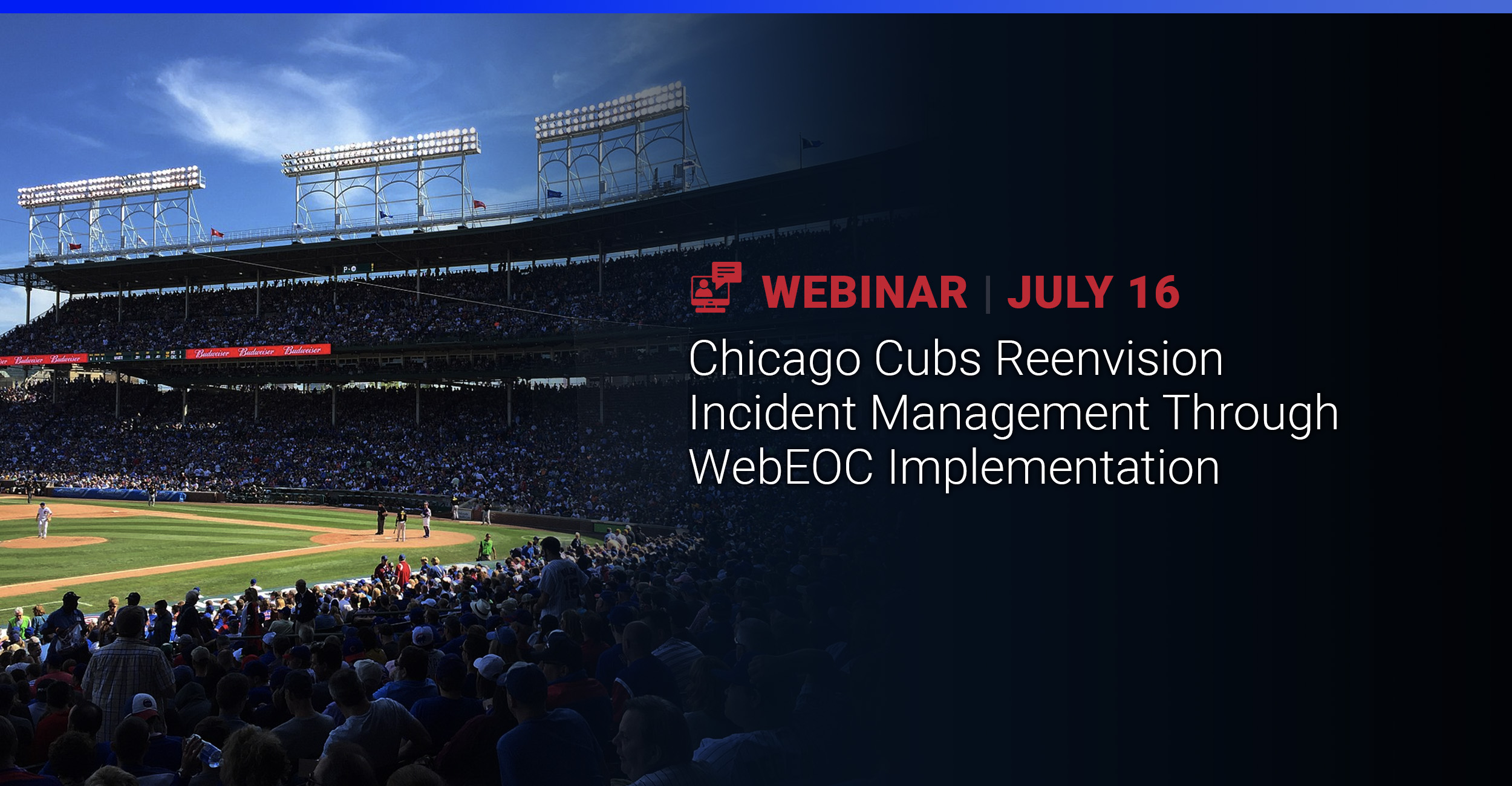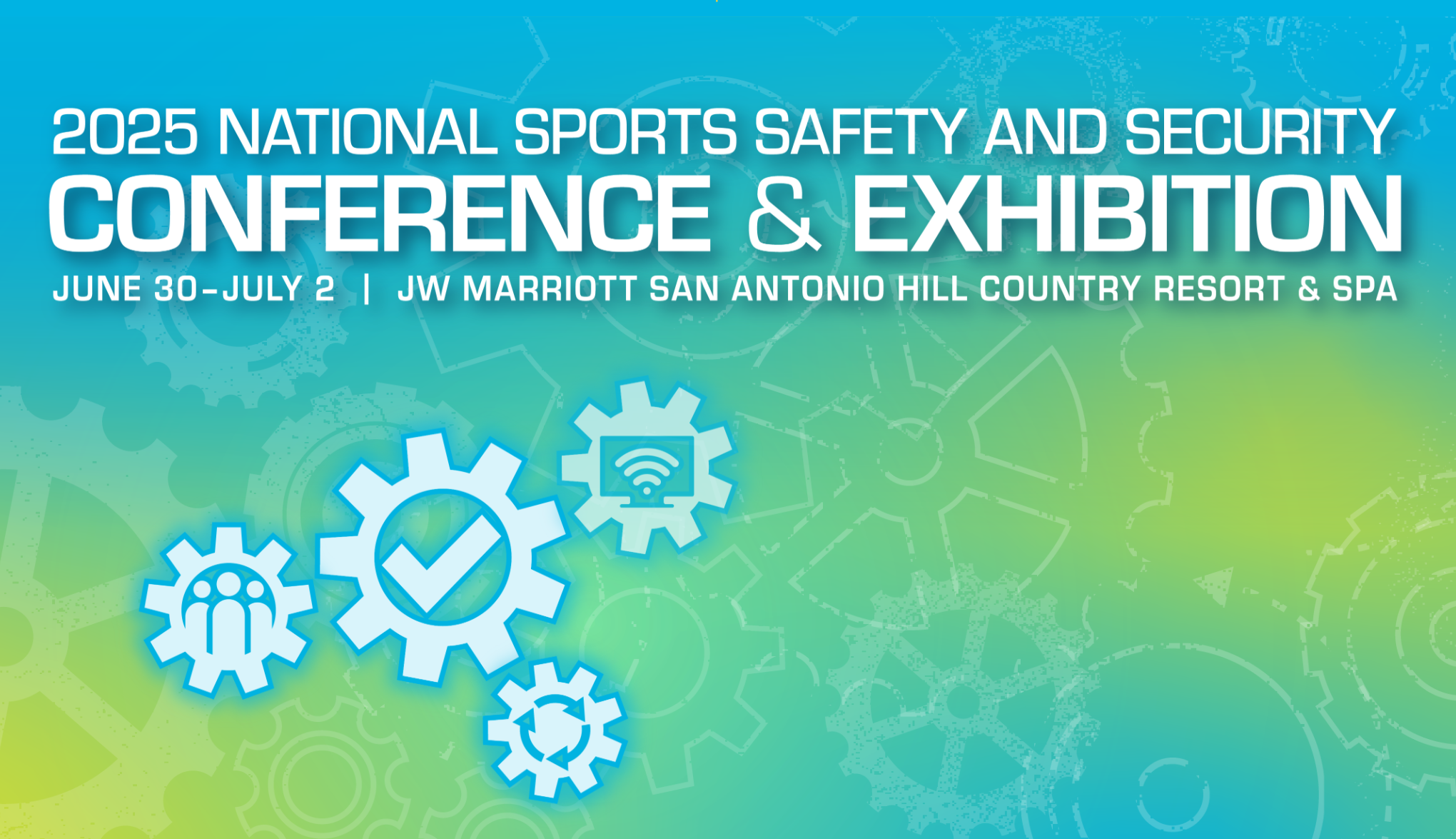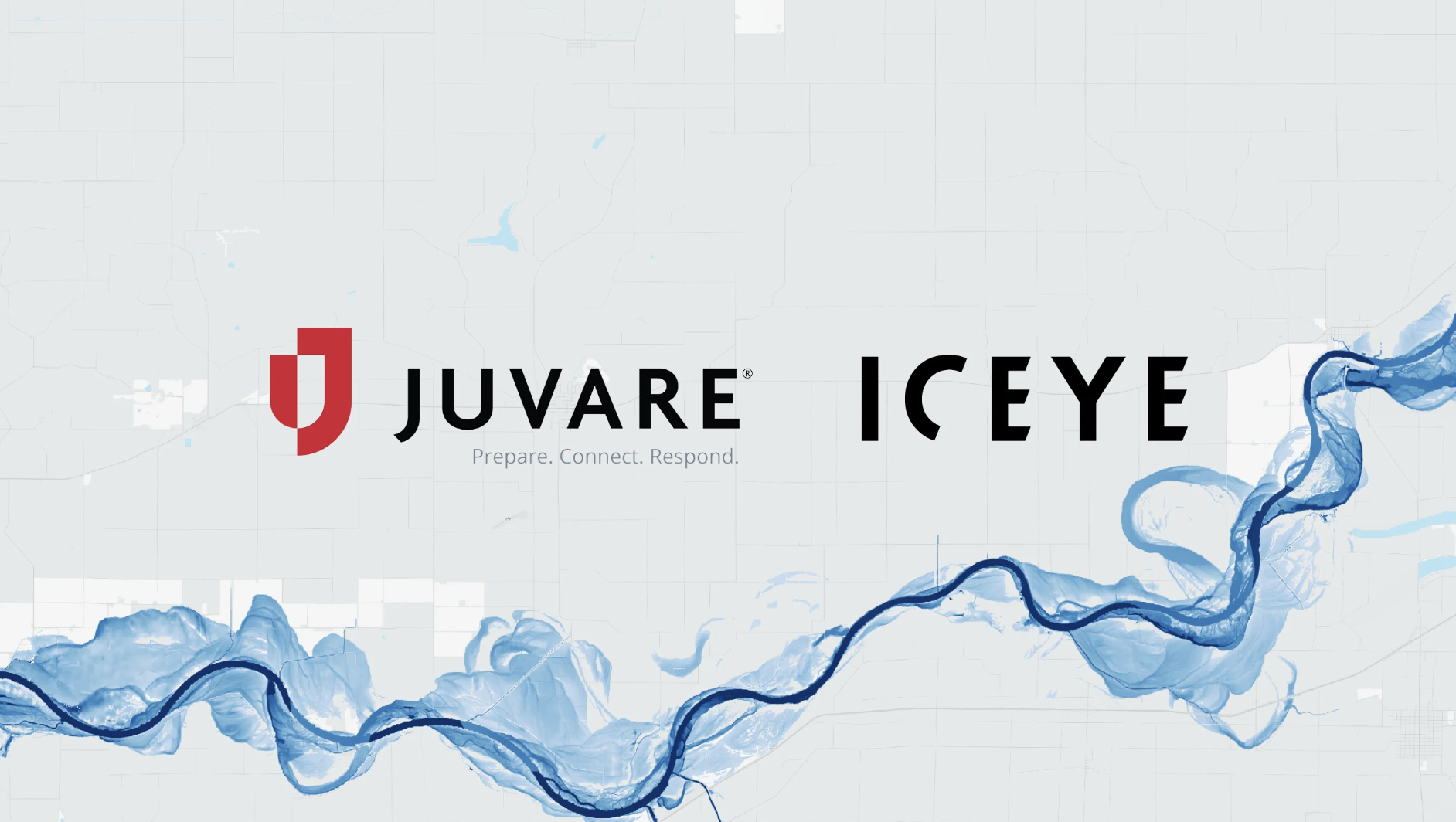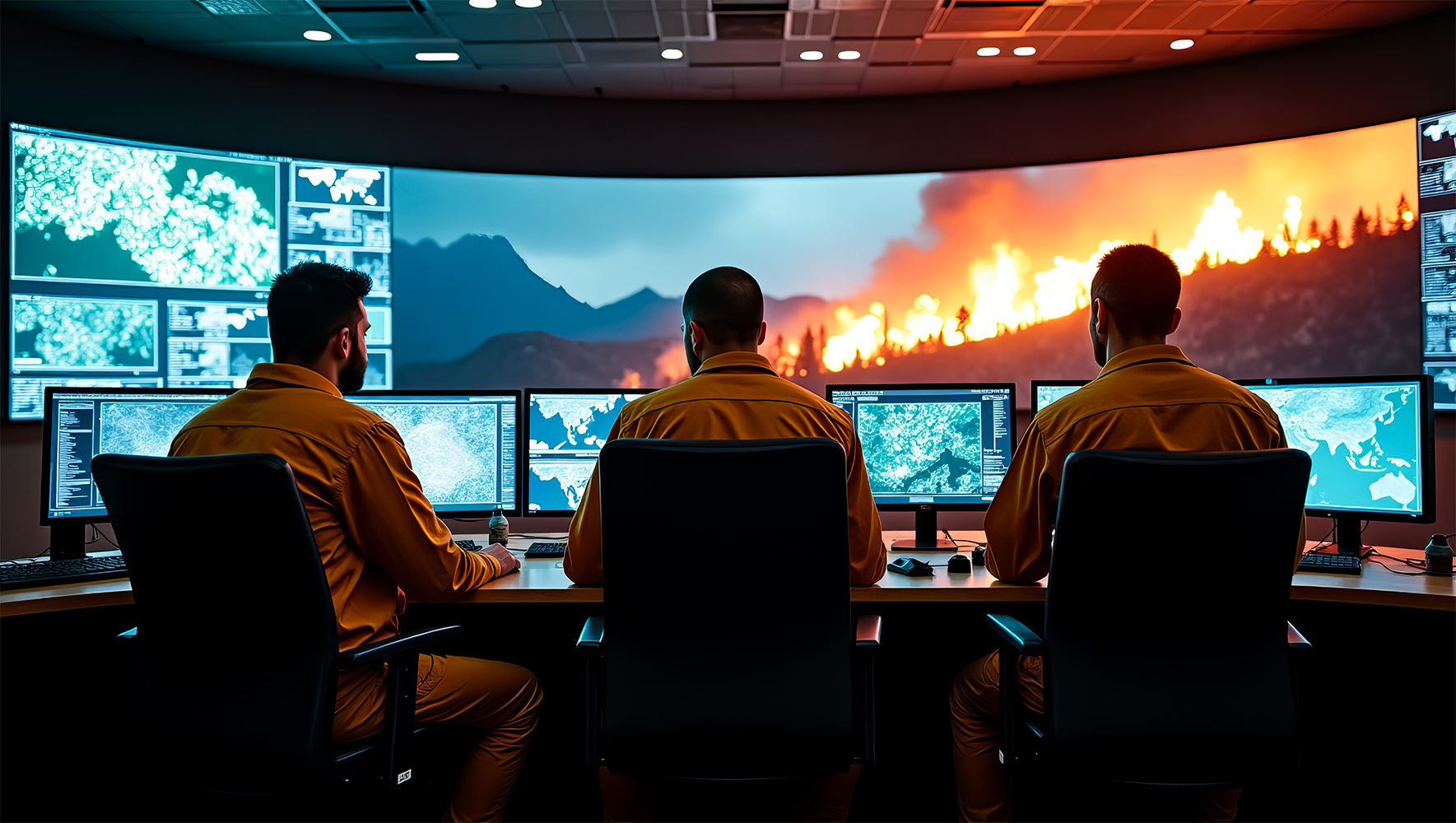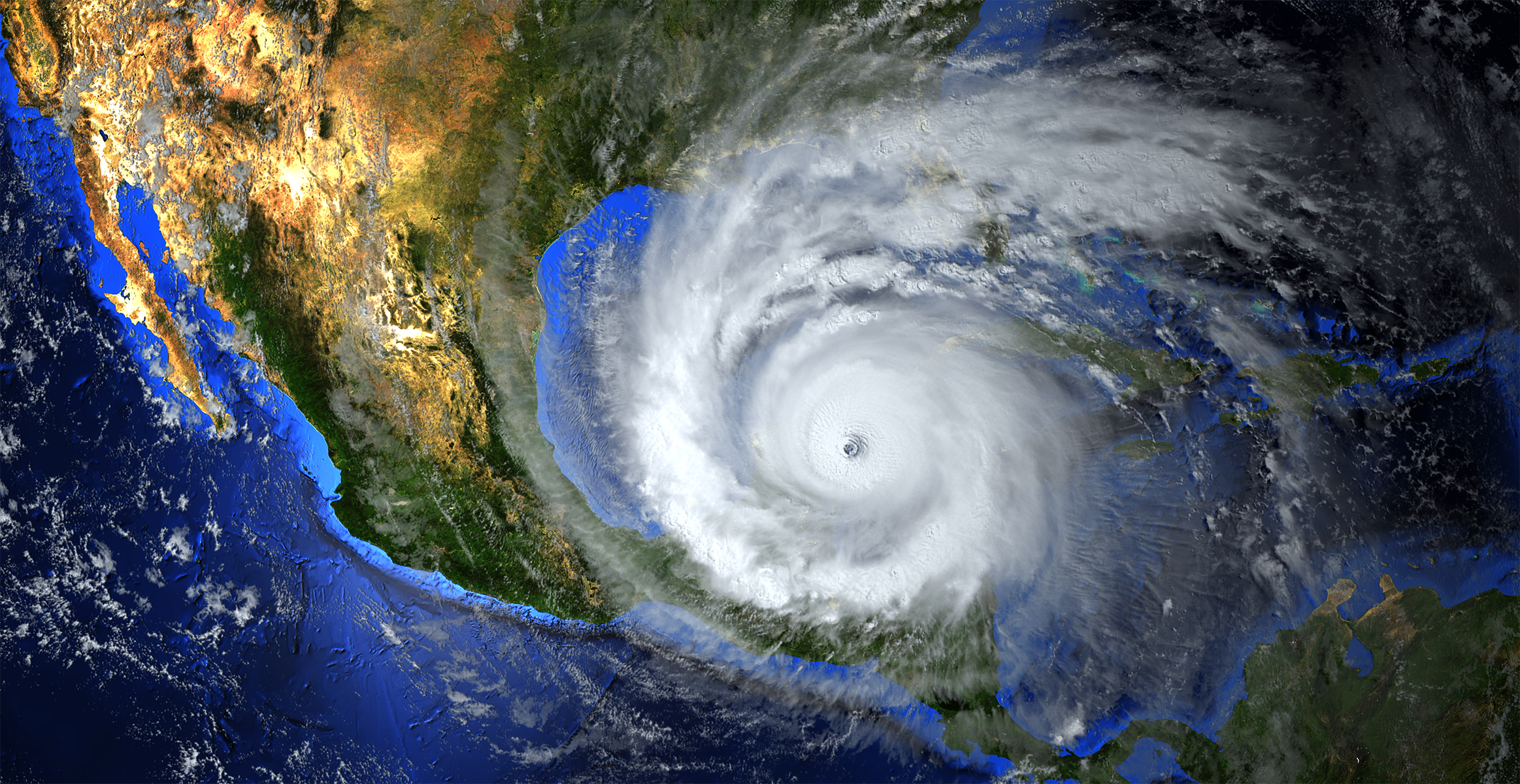As if emergency managers don’t already have enough to deal with, this week marks the beginning what has historically been the most active months for tornadoes in the United States.
According to recent news reports, above average temperatures in the Gulf of Mexico point to a higher potential for severe thunderstorms, tornadoes, and possibly increased hurricane activity. The last time the gulf waters were this warm was in 2017, which directly corresponded with a higher number of tornadoes in spring of that year.
So while everyone is heads down with the overwhelming tasks associated with COVID-19, it’s important not to let that focus completely distract you from being prepared if severe spring storms or tornadoes occur. Mounting an effective, coordinated critical incident response to a natural disaster will be further complicated this year as people across the country are quarantined and practicing social distancing due to the coronavirus.
Critical incident response procedures can be complicated in ordinary times, but the COVID-19 pandemic throws another monkey wrench into planning and response processes that ordinarily might have been adequate.
Here are some key questions to ask to determine if you’re prepared:
- How would you deal with creating, setting up, and staffing shelters of people displaced by a tornado?
- How would you respond in the event of a tornado hitting a hospital treating COVID-19 patients?
- How would you handle evacuations during a natural disaster while accounting for COVID-19 quarantine restrictions?
- With so many emergency management personnel and other stakeholders working remotely, do you have the capabilities you need to communicate and collaborate during an emergency?
Having a comprehensive critical incident management plan is essential, and all organizations should constantly assess risks and adjust their plan to prepare for any incident, emergency, or disaster.
It’s imperative to revisit preparedness plans immediately, including revised or updated action plans, checklists, response guides and processes that are tailored to the unique needs of your organization and any particular requirements of your industry.
Update critical incident plans with specific processes and procedures including:
- Risk assessments to identify potential emergency threats
- Key personnel who will be involved in emergency response and their roles
- Stakeholders and local and state agencies that will be involved
- Specific plans, procedures and protocols for response and recovery
- An incident command center for coordination of response and communications
- Procedures for coordinating critical incident response across multiple locations
- Processes for evacuation, shelter, sheltering-in-place, or lockdown of facilities
- Forms to be used during different responses, including incident reports
- Input from all stakeholders
An online platform for situational awareness during a crisis situation is especially critical to streamline a complex critical incident response, and should provide you with capabilities including:
- A common operating picture, which allows access to real time information to see things as they are occurring and where they are occurring, at any time, across multiple locations
- Dashboards to summarize key performance indicators, critical information and other strategic data at a glance
- Access to information on any device, including mobile or desktop, from any location
- Access to a system for managing tasks, assignments, forms, and reports
- Real time communication allowing efficient communications within the platform
Communication is critical during a natural disaster, especially this year, so you need capabilities to share information and data quickly, in real time, with team members, employees, stakeholders, as well as fire or law enforcement first responders, and local, state, and federal emergency management agencies.
Are you ready for the worst-case scenario?
The idea of a natural disaster during this pandemic seems incredibly cruel, but agencies and organizations still have to be prepared for the worst-case scenario.
How confident are you in your processes, especially as so many are pushed to the limits with COVID-19?
If you’d like to discuss your processes and learn more about how Juvare helps organizations strengthen and optimize preparedness and response capabilities, contact us today.











